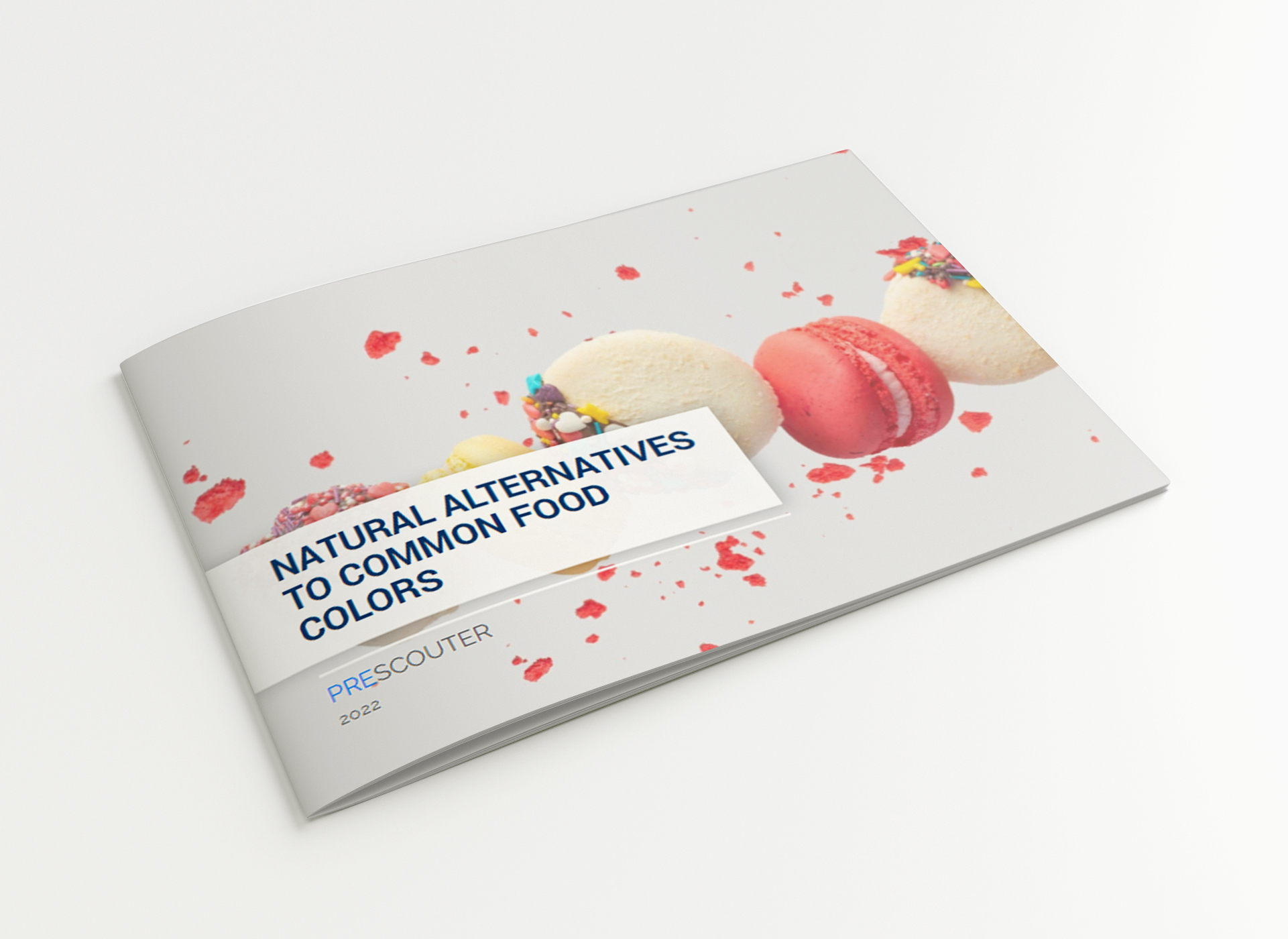Recent bans on colored food additives that are deemed “unsafe” are accelerating the development of natural alternatives to common food colors that are capable of matching brighter hues and the required stability.
For example, the European Commission is phasing out the use of titanium dioxide (TIO₂) as a food additive, while France, which already banned the substance, has launched a systematic plan to assess engineered nanomaterials with the potential to be used as food additives and ingredients with a nutritional function.
These types of regulations are limiting the use of artificial dyes and are helping to propel the demand for natural food coloring additives. And this growing demand for natural food coloring can offer lucrative opportunities with added clean-label and health benefits.
Included in this Intelligence Brief:
- Alternatives to address the production of natural food colorants at large scale
- Global trends in clean-label food and beverage colorings
- Natural food coloring patent applications for 2010-2020
- Profiles of companies providing innovative natural alternatives to common food colors








